Consumers today are choosing businesses who take the time to know them and who care about their needs. A customer-first strategy is centered around customers and providing a suite of services, products and experiences that surprise and delight, foster loyalty, and boost lifetime value. Research by Deloitte and Touche found that customer-centric companies were 60% more profitable compared to companies that were not focused on the customer. However, while brands recognize the importance of putting customers first, many brands are challenged to do so.
So what is holding brands back?
First, brands must understand their customer base. Not in just a broad sense but down to the individual customer journey. There is where it gets daunting for many marketers. With so much data being produced at such a rapid pace and across multiple channels, collecting and integrating this data to make sense requires the right technology, data insights and analytical processes operating in connected concert.
Know Your Customers
You can’t be a customer-centric business without knowing your customers. In today’s age, this means adopting a data-driven mindset to capture customer information at every touchpoint. Customers are producing mounds of information – marketers just need to know where to look and how to collect it.
Marketers can use a range of data including first party data such as contact data, demographics, customer service, digital marketing interactions, customer satisfaction, social media interactions and transactions. This can also be supplemented with third party assets such as lifestyle, behavioral information, life event data and purchase intent.
In research by Brandwatch, respondents were asked what was getting in the way of getting to know their customer better, and what tools they thought would be most important for generating these insights.
According to the research, more than 50% cited a lack of access to the right data as a challenge and over a third of respondents stated that there was a lack of understanding on helpful research in this area.
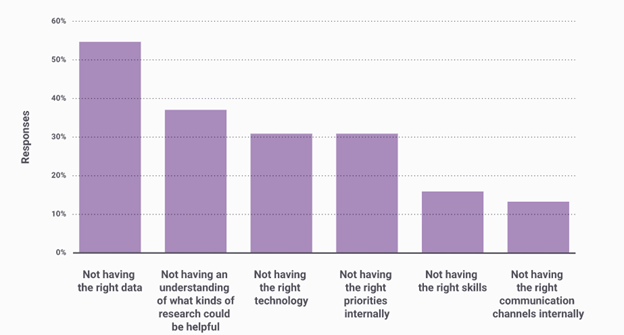
To better understand and develop consumer insights, brands stated that social, search, and survey analysis tools were important.
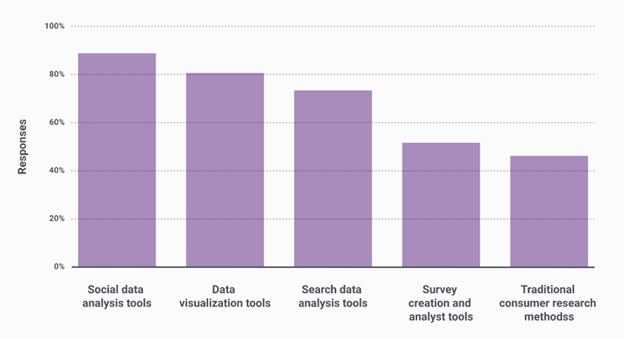
Data-Driven Marketing
Understanding your customers requires a data-driven mindset.
A study by Forbes showed that 64% of executives “strongly agree” that data-driven marketing provides a competitive edge in deciding on how to compete with other companies in the same field.
According to Media Math, 53% of digital marketers said “a demand to deliver more relevant communications/be more ‘customer-centric’” is one of the top driving factors for companies who are investing in data-driven marketing.
eMarketer reports that 90.7% of US advertisers and marketers segment data to better target and engage with their customers. In fact, over half said that they were more advanced in that area than even five years ago. eMarketer also reports that 92.3% of organizations maintain databases to host information on customers or prospects, at least to some extent.
Data-driven marketing tops the lists of priorities for 55% of marketers today. This is according to research by eConsultancy. According to survey respondents, 42% also stated improving customer intelligence for a holistic customer view and integration of marketing tools for greater efficiencies as important areas of focus for this year.
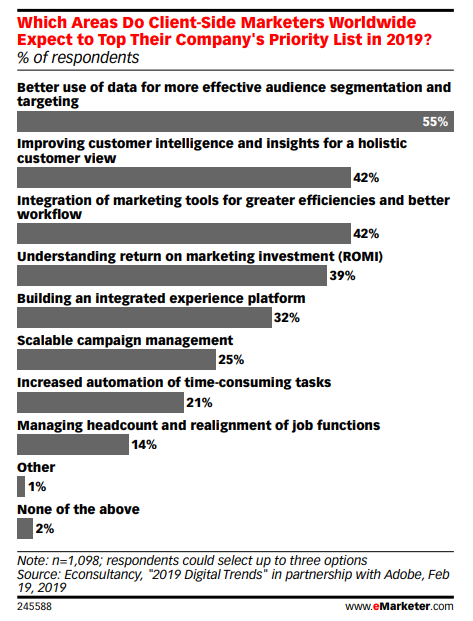
Brands must be diligent and put practices in place to collect data from each customer touchpoint across channels. When this data is integrated and enhanced with third-party data sets, brands can generate deep insights into who their customers are and what actions their customers plan to take next.
Implement a Customer Data Platform
Many marketers have adopted a customer data platform (CDP) to quickly integrate multiple data sources. Through a range of system connectors, many CDPs continuously collect data from around the marketing ecosystem and consolidate it into a 360 single customer view by merging identities from multiple devices into one and deduping customer records.
In a survey by The Relevancy Group, the most popular data type that marketers are integrating into their CDP is their CRM data. This is true for both B2C and B2B marketers. Other types of data includes customer profiles and demographics, customer online spending, customer service and support, and website behavior.
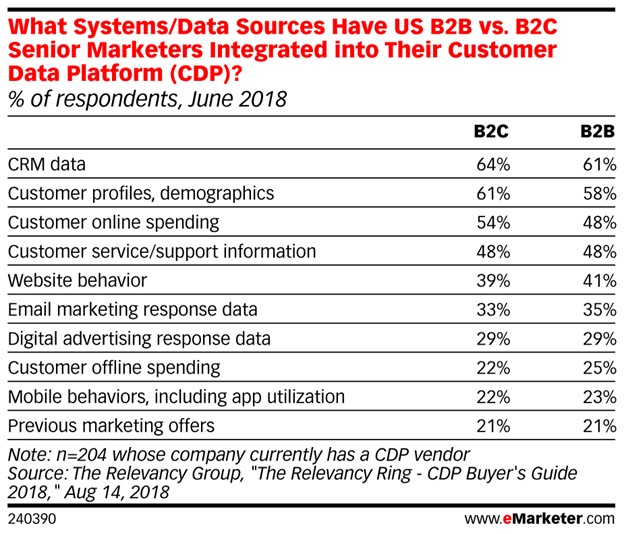
Deploy Personalized Experiences Across Channels
Omnichannel marketing enables a customer-first approach. By adopting an omnichannel mindset, marketers are able to align with consumers as they move from channel to channel.
One of the most crucial elements of an omnichannel strategy is integrated technology and data. In research by Econsultancy, “92% of survey respondents agreed with this statement, again proving that knowledge is not the problem. Rather, it is the execution, with just 37% of advertisers agreeing that their marketing and advertising systems are highly integrated.”
Similar results were found in a study by Evergage. Only 3% of US companies said they had true omnichannel personalization. Additionally, respondents stated:
- 9% – Have most channels connected
- 14% – Have about half of our channels connected
- 53% – Have a few channels connected
- 21% – Don’t have any channels connected
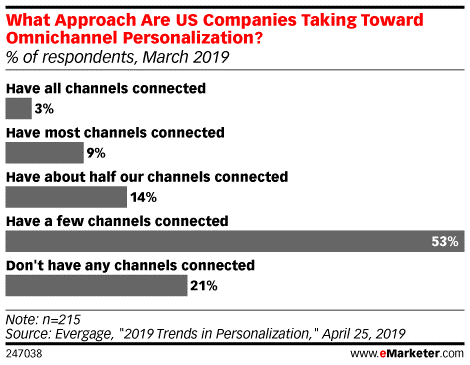
When channels are connected and data is integrated to know customers across these channels, customer-first strategies can pay off big. First, consumers expect personalized communications and interactions with brands. According to research by The Harris Poll, 63% of consumers in North America and the UK agreed that they expect personalization from brands and retailers. Additionally, 43% of respondents said that brands made them feel like an individual when they were reaching the same customer across all touchpoints.
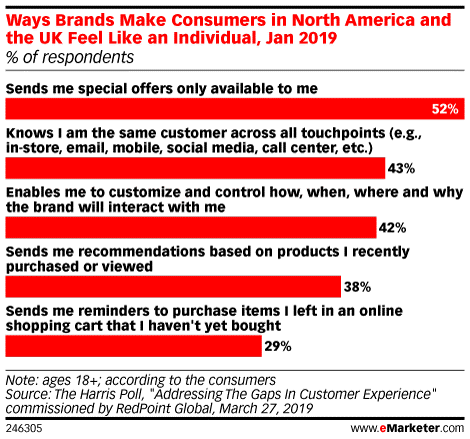
Many consumers (73%) feel that brands struggle to deliver personalized experiences. Some of the biggest areas of frustration included receiving an offer for something they already bought (37%) and not being recognized as an existing customer (33%). However, only 37% of consumers surveyed said that they would stop doing business with a brand for these reasons.
Foster a Customer-Centric Culture Across the Organization
Building a successful customer-first strategy is in many ways dependent on the company as a whole. Many departments interact with customers and there must be a shared mindset of focusing on customer experiences. When the entire team is on board, processes can be put in place to integrate systems, collaborate on messaging, and ultimately breaking down silos to focus on the customer.
Contact us to learn how Porch Group Media’s marketing data and technology solutions can help you boost your customer engagement and success. Click here to learn more.





